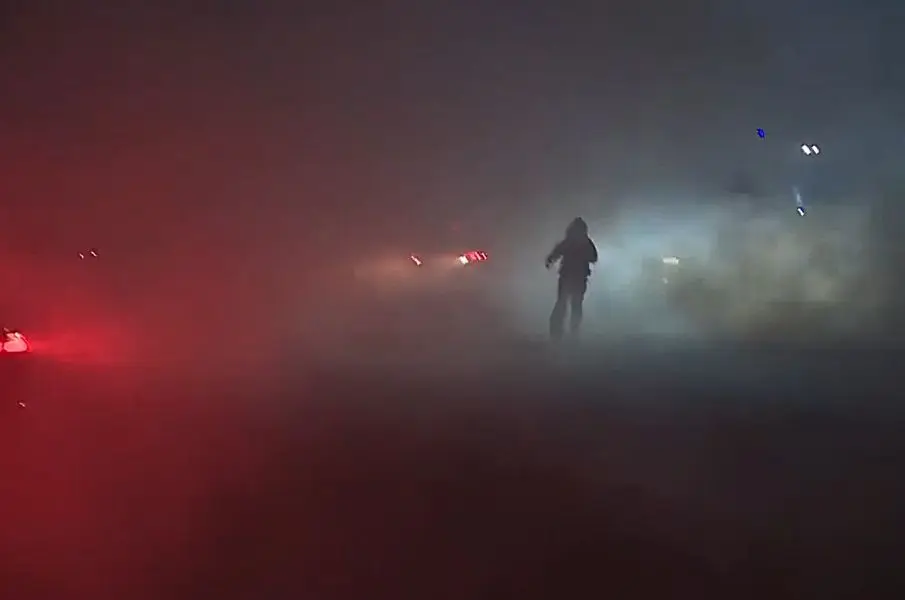As the nation watches Chicago, where Donald Trump is having the deployment of the National Guard against demonstrators defended, a decision has just been handed down that reaches far beyond the city itself. A federal judge has set limits for the government – and in doing so, has given journalists, photographers, and citizens who have carried out their work amid tear gas and intimidation in recent weeks their first sense of support. Judge Sara Ellis ordered that federal agents in northern Illinois must now be clearly identifiable. ICE, DHS, and Border Patrol officers are required to wear visible identification. Furthermore, they are forbidden from using chemical agents or tear gas against peaceful demonstrators – especially against members of the press. It is a ruling that sounds sober but is, in truth, a rare moment of judicial clarity: a court reminding the state that it must abide by its own laws.
“In essence, this order merely instructs the agents to follow their own rules, policies, and regulations,” Ellis said during the hearing. It was a sentence that summed up the absurdity of the past weeks: that a government that has made “law and order” its mantra must be legally reminded what law and order actually mean.

The lawsuit was filed by an unusual coalition – media organizations, journalist associations, and protesters, including the Illinois Press Association, Block Club Chicago, the Chicago Headline Club, 67 journalists, activists, and citizens. Together they accuse ICE, the Department of Homeland Security, and the Border Patrol of having conducted a “campaign of intimidation and violence” against peaceful demonstrators and reporters during the protests in Broadview. For weeks, journalists documented how federal officers attacked camera crews with tear gas, detained photographers, and pushed reporters away on live camera.

Judge Ellis made clear that her decision does not mean that officers may not act in situations of real violence. But she reminded the government that freedom of the press is not an option – it is a constitutional right. “The court does not dictate how to respond to violence,” she said, “but those who represent the state must not use violence against the truth.” For many journalists in Chicago, the ruling was a symbol – a sign that justice still exists even as politics increasingly becomes accustomed to authoritarian language. “This is a victory for everyone who documents what is really happening,” one reporter said after the hearing. And indeed: where only weeks ago tear gas clouded the camera lenses, there is now a faint sense of legal protection.

It was as if justice itself had taken up the camera – and sharpened the image that Trump’s administration so eagerly tries to blur. An image in which journalists are not enemies but witnesses. And one in which power once again means responsibility. Chicago experienced more than a ruling that day – it showed that truth sometimes needs protection. And that even in times when the president calls the press “scum,” a court can still find the courage to say: the journalists are not the problem – it is those who seek to silence them.
Investigative journalism requires courage, conviction – and your support.
Please also strengthen our journalistic fight against right-wing populism and human rights violations. We do not want to finance ourselves through a paywall so that everyone can read our research – regardless of income or origin. Thank you very much!


Auch hier, eine mutige und tolle Richterin. Die im Rahmen von Gesetzen und nicht von Loyalität urteilte.
Ein wichtiger Schritt für die Pressefreiheit.
Ein wichtiges Urteil für alle friedlich demonstrierenden Bürger.
Mir fällt auf, dass vornehmlich weibliche Richter Trump in die Schranken weisen.
…das war wictitg und man musste es tun, es geht gibt auch männliche richter die sehr objektiv und gut sind